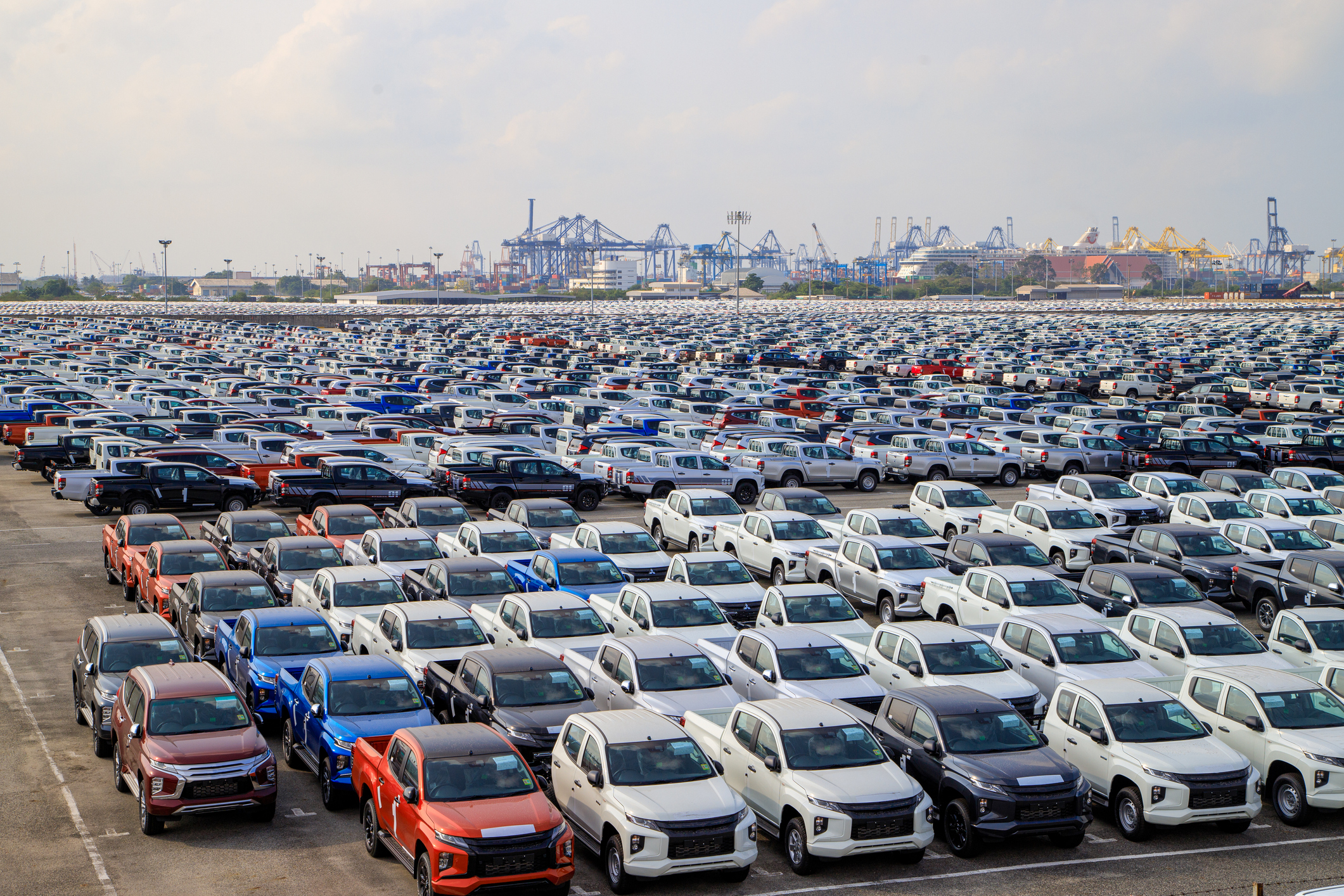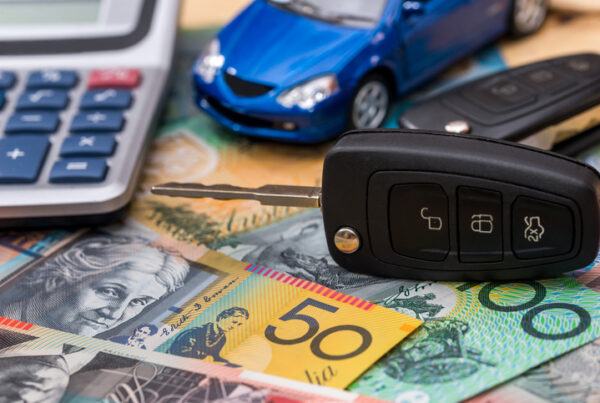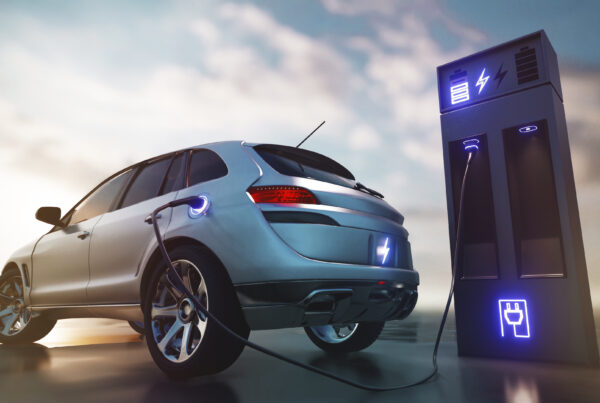Australia sold 97,020 new vehicles last month, according to the latest VFACTS data released by the Federal Chamber of Automotive Industries (FCAI). This represents a 12.4 per cent drop compared to the same period last year. Despite this, total sales for the year surpassed 900,000 by the end of the third quarter—a first for the industry.
FCAI Chief Executive Tony Weber said that although overall sales numbers for the year were strong, the September dip highlighted how economic pressures were affecting buyers.
“During the early part of the year, we witnessed record numbers,” he said. “However, the September result shows that the state of the economy is impacting purchasing intentions.”
Market Insights
Toyota led the market in September, with 18,110 vehicles sold. Ford followed with 8,303, then Mazda (8,201), Kia (7,650), and Mitsubishi (6,130). The Toyota RAV4 was the top-selling vehicle with 5,182 sales, ahead of the Ford Ranger (4,485), Toyota HiLux (4,313), Ford Everest (2,902), and Isuzu D-Max (2,612).
Sales results varied across Australia. New South Wales reported a 16.8 per cent drop, Victoria fell by 16.5 per cent, and Western Australia saw a small decline of 0.2 per cent. The Northern Territory was the only region to see growth, with a 5.6 per cent increase compared to last year.
Breaking down sales by category, passenger vehicle sales dropped by 22.2 per cent, SUVs declined by 11.9 per cent, and light commercial vehicle sales fell by 9.4 per cent compared to September 2023. Meanwhile, heavy commercial vehicles bucked the trend, increasing by 6.5 per cent.
Car Buying Trends
According to Mr. Weber, three clear trends have emerged among car buyers this year.
First, SUVs and light commercial vehicles, like utes, remain the most popular, making up around 80 per cent of new car purchases.
“Nine of the top ten vehicles sold during September were in the Medium or Large SUV or Light Commercial segments. By contrast, the passenger segment was less than 15 per cent of the market,” he explained.
Second, more people are turning to lower-emission vehicles. Sales of hybrids and plug-in hybrids are on the rise as consumers look for greener options.
However, the third trend reveals an ongoing struggle for electric vehicle (EV) adoption. Despite an increasing supply of EVs and new models coming to market, sales remain low.
“Sales of battery electric vehicles are again disappointing this month, despite a strong supply of EVs and the addition of new brands and models being introduced into the Australian market. It is important to note that right now, EVs are concentrated in limited market segments such as Passenger Medium and Small, and Medium SUVs,” said Mr. Weber.
He also pointed out that the drop in electric vehicle sales, along with the rise in hybrid and plug-in hybrid sales, is happening in other countries as well, largely due to a reduction in production and purchase incentives.
As the year heads into its final quarter, the Australian car market faces challenges tied to economic conditions and changing consumer habits. Although interest in hybrids is growing, the market for EVs still needs a boost to meet expectations, especially with a strong focus on greener options.
Did you find this article interesting? Click the ‘heart’ button above to give it a ‘like’!



















